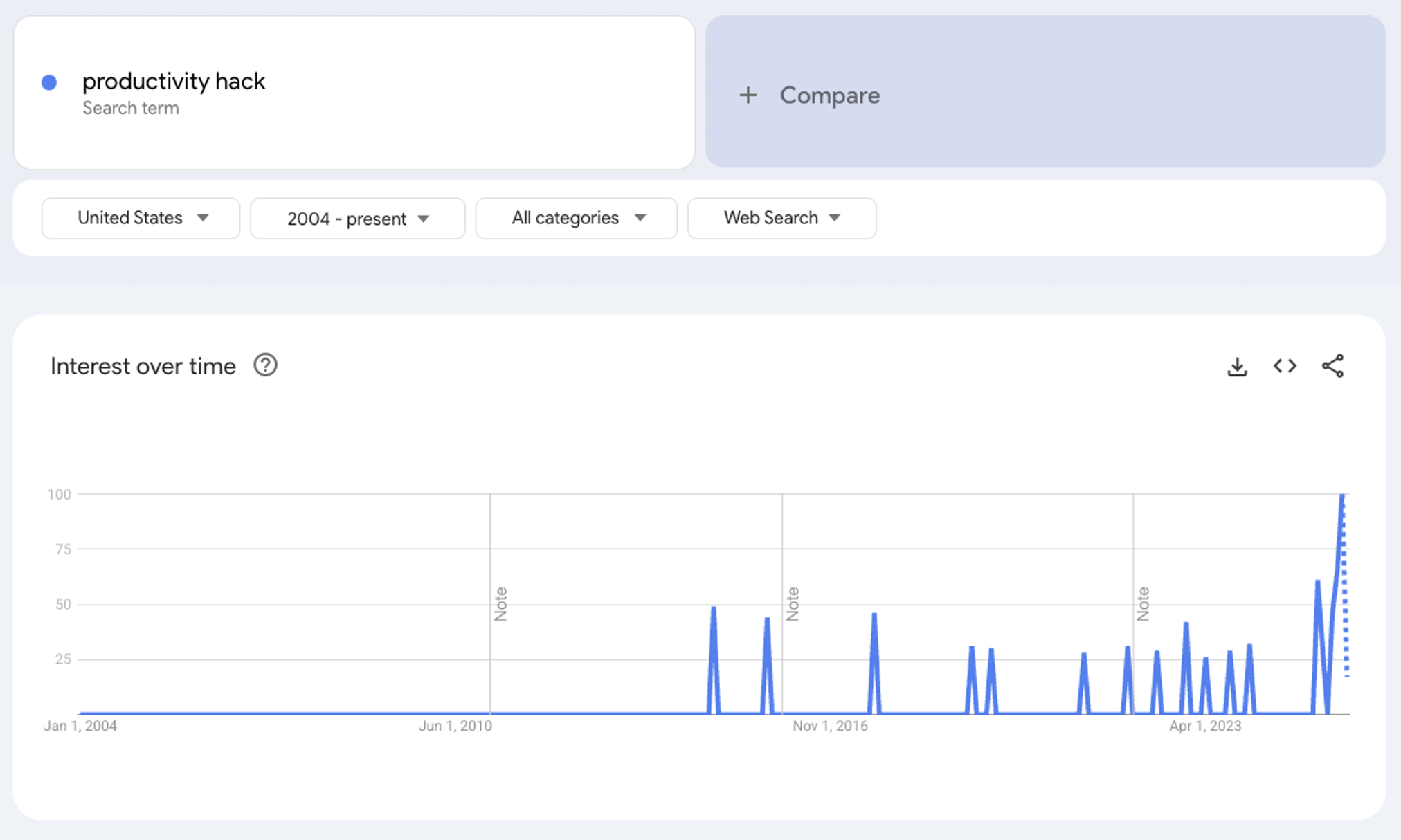Culture and Code: Why Marketing Success in 2026 Demands Both
Every year, marketers chase the next fix. This season, it’s AEO (Answer Engine Optimization), GEO (Generative Engine Optimization), and the old standby SEO. These tools, when pursued as stand-alone saviors, arrive with the same promise: optimize the right way, you’ll expand your reach, grow a following, and see the ROI justify all the hours poured into content. It’s the secret-sauce mentality—find the perfect recipe and people will keep coming back.
But the cycle never holds: algorithms shift, formats age, and another tactic always rises to replace the last. A singular fixation on optimization promises permanence in a system built on impermanence.
But here’s the truth hiding in plain sight: visibility isn’t the same as value. These tools make content easier to find, not harder to forget. And they certainly can’t create the one thing people are actually desperate for in 2025: belonging.
The Optimization Obsession: Mistaking Efficiency for Meaning
The same impulse driving marketers to chase the next algorithm is merely a mirror of a wider cultural trend. In 2004, “productivity hack” barely registered as a search on Google. Twenty years later it’s at an all-time high. We chase efficiency everywhere—workflows, mornings, even friendships.
Yet the numbers on human connection tell a different story. In the U.S., one in five adults (20%) reports feeling lonely "a lot of the day"; worldwide, 16% of people (one in six) experience loneliness. Among younger people, in-person time with friends has collapsed by nearly 70 percent from 2003 to 2020. We are optimizing harder than ever while feeling less rooted, less connected, less alive.
Purpose is slipping too. Studies from 2005 to 2025 show that most people experience stability in their sense of purpose, but a significant minority (10–14%) lose it over time. While older generations were tethered to career and family, younger adults in recent cohorts show a shift toward authenticity and intrinsic personal meaning as their compass. The market is screaming for something deeper: U.S. consumers in 2025 report having over three more hours of free time per week than in 2019. However, nearly 90% of that time is spent on solo activities, rather than social or in-person cultural experiences.
This solitary consumption presents a tempting trap for marketers who argue, "If my audience is alone, I should optimize for solitude." But this approach mistakes a lack of meaningful choice for a choice of isolation. The fact is, globally, nearly two-thirds of consumers are willing to pay at least 5% more for a high-quality, personalized experience, reflecting a premium on “real life” interactions over commodified digital encounters. This willingness to pay signals a Gap of Latent Desire: people are alone not because they prefer it, but because the available options for genuine connection aren't meaningful enough to break the habit of solo consumption.
That’s the contradiction we live inside: optimizing harder than ever while feeling less rooted, less connected, less alive. The same instinct that pushes marketers toward the next lever mirrors the way individuals chase hacks. Both mistake efficiency for meaning. Both miss the deeper hunger: not to do more, but to belong somewhere.
The Cultural Ice Age of Microtrends
Culture at the macro level moves like geology. Ipsos and McKinsey chart ten to twenty-five enduring forces or “trends” each year—the tectonic plates beneath everything else.
Beneath them, the churn of microtrends has gone into overdrive. Between 2020 and 2025, fashion and lifestyle analysts counted nearly 100 distinct microtrends such as “Tomato Girl Summer,” “Coastal Cowgirl,” and “Mob Wife Aesthetic” with most peaking in three to five weeks before fading. With TikTok and Instagram driving discovery, some analysts now estimate several hundred microtrends rise and fall globally each year. This shows that while the feed can still produce spectacle; it struggles to produce memory.
Brand Strategy Consultant, Eugene Healey, has described the current period we’re in as a “cultural ice age.” Instead of building futures, we recycle the past into ever-thinner copies. Even subcultures once alive with resistance now get flattened into lifestyle sets, branded for the scroll. What was once belonging has been repackaged as performance.
The outcome? Hyperconnection without context. We’re surrounded by trends, yet starved for places to root.
Content Without Story Is Empty
Another way to frame this is within a phrase penned by Antonio Gary Jr., Associate Director of Social Strategy at Burrell Communications, who calls what we’re living through a “narrative recession”—a glut of content without the spine of story. We scroll through endless novelty with almost no context.
And here’s where the overlap between data and cultural critique matters most. Content is cheap, but authentic connection is rare. People aren’t only asking, “How can I do more?” They’re layering this with “Why am I doing this at all?” Individuals are searching for value-aligned, story-rich encounters that mirror their own lives back to them.
This is where the marketer’s role gets clearer. Content is never neutral. It either becomes a bridge into belonging or a barrier that flattens it. The alternative is harder but durable: content as translation. Anthropologists call this “boundary work”—preserving the signals insiders guard while creating sincere invitations for outsiders to participate. Translation doesn’t erase difference; it gives context so others can step in without pretending to be something they’re not. That’s what turns content into a doorway, not a disguise.
Tools Are Amplifiers, Not Engines—A Test of Culture
Here lies the gap no one wants to name. The tools being sold as saviors—SEO, GEO, AEO—aren’t engines of culture. They are amplifiers. They don’t invent meaning; they only spread what’s there.
In fact, the optimization stack is less the opposite of culture and more a test of its strength. If your culture and story are weak, these tools will simply multiply the fatigue. If you give them depth, they help it travel.
A great SEO strategy, for instance, isn't cold mechanics. It’s a highly effective cultural translation strategy—understanding the language, questions, and intent of a specific audience (a sub-culture) and translating your message to meet them where they are. By using the precise language your community uses, you are doing the "boundary work" you advocate for.
Yet marketers keep treating them like silver bullets. It’s a category error. You can’t algorithm your way into belonging.
As Milena Toro, Founder and Creative Director of Thoughts of a Strategist, puts it: “Culture ≠ clout. Brands that win build with community, not just for them. They speak from lived experience, not borrowed language.”
What Endures
So the question isn’t “Which lever do we pull next?” It’s “What are we giving the levers to carry?” The only answer that endures is depth—stories people can inhabit, spaces where they can root, narratives with enough patience to outlast a trend.
How to Begin: Shifting from Performance to Practice
Design for Belonging, Not Just Reach. If one in five adults reports daily loneliness, then community is not a "nice to have" outcome—it’s the point. Creating spaces (digital and physical) where people can see themselves and each other will outperform another layer of optimization on a message they forget by morning.
Actionable Example (B2B/SaaS): Instead of just posting feature update videos, host a monthly, non-recorded, hands-on “Office Hours” session for power users. This builds continuity and belonging among your most valuable customers, making them co-creators, not just consumers.
Build for Continuity in a World of Three-Week Fads. When microtrends peak and fade inside a month, brands that chase them end up speaking a dialect that expires on contact. While you can use a trending term like "Mob Wife Aesthetic" as a cultural intercept point to hook attention, your content must quickly pivot to your enduring story (e.g., the history of high-quality goods that outlast trends). Invest in rituals that repeat (run crews, kitchen-table workshops). Choose a cadence the culture can keep. That’s how context accretes.
Measure What Matters to Humans (and Therefore to the Business). Strong culture creates network effects and price inelasticity—the only two things algorithms can't disrupt so keep your dashboards, but pair them with signals that map to the life people say they want:
Attendance and return rates at community touchpoints (a proxy for Lifetime Customer Value).
Peer-to-peer introductions (a measure of Organic Advocacy—a direct replacement for costly paid acquisition).
Time spent together that wasn’t engineered by a platform.
Culture Is a Metric. Consumers are telling us with their wallets that authenticity and high-quality experiences are worth paying for. Treat those human metrics as primary, because what matters to people is what ultimately generates the most durable revenue.
The tools will still matter—SEO to bring strangers to the door, AEO to surface an answer worth sharing, GEO to amplify what already belongs. But without story, without belonging, without culture, there’s nothing for the amplifier to carry.
The job isn’t to persuade the most people in the shortest time. It’s to build places where people recognize themselves. Build with depth. Build spaces where people can root. Build with patience so stories have time to become places to live.


